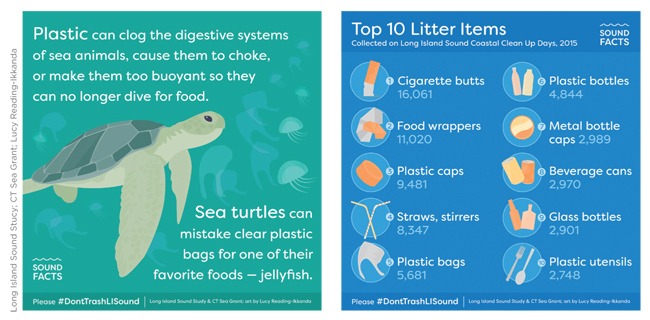The National Fish and Wildlife Foundation (NFWF), in partnership with the Long Island Sound Study, U.S. Environmental Protection Agency (EPA), and U.S. Fish and Wildlife Service, announced a 2023 round of funding for Long Island Sound Futures Fund (Futures Fund) projects. Additional funding was also provided by Zoetis Foundation. Thirty-nine new grants totaling $12 million were awarded. The 39 awards generated more than $8 million in matching contributions from the grantees, providing a total conservation impact of more than $20 million.
The NFWF, Long Island Sound Study, EPA, and U.S. Fish and Wildlife Service awarded Sacred Heart University a grant of $145,000 through the Long Island Sound Futures Fund (LISFF) to support a project aimed at the establishment of a living shoreline at Stratford Point.
According to State Representative Joseph Gresko (D- Stratford, who is the state’s Environment Committee Chair, the purpose of the project is to extend the existing living shoreline by 0.35 acres. This will be achieved through a combination of bagged shell clutch and small, modular oyster castles near the marsh edge. Additionally, native cordgrass will be planted in the intertidal zone to enhance the resilience of the marsh against storms and sea-level rise.
“Living shorelines are an effective and sustainable approach to coastal protection that utilize natural materials and processes to stabilize shorelines while providing habitat for wildlife,” said Rep. Gresko. “By extending the living shoreline at Stratford Point, this project continues to enhance the ecological value for residents.”
“Following in the legacy of our late colleague Dr. Jennifer Mattei, our research group (Dr. LaTina Steele, Dr. Ashley Stoehr and Prof. Jo-Marie Kasinak) has been awarded a grant to continue the great restoration work at Stratford Point CT,” said Jo-Marie Kasinak, Biology Professor at Sacred Heart University. “The goal for this project is to build a living shoreline to protect the remnant natural eroding marsh. We will be using oyster castles to help reduce waves as well as planting salt marsh grasses to help stabilize the sediment. We are excited to begin this important work and continue engaging with the community.”
Long Island Sound is the second-largest estuary on the East Coast and one of North America’s most biologically diverse — an amazing fact considering that more than 23 million people live within 50 miles of the sound. Its watershed stretches 16,820 square miles across five states. Fresh water from 16,000 miles of river fuels the sound’s productivity. Its waters and surrounding lands are busy and complex, playing a vital role in the environment and in the lives of residents. The sound faces many of the same issues that impact coastal communities across the United States.
Diffuse sources of pollution, from plastics to fertilizer, drain into rivers and streams that feed into the sound. Sewage pollution from wastewater treatment plants and aging residential septic systems force the closure of beaches and shellfish beds.
The loss of wetlands reduces the sound’s value as habitat and its ability to buffer communities against storms, floods and sea-level rise. The Futures Fund supports efforts to address these problems by providing grants which test innovative approaches to conservation, deliver transformative projects, and support people and communities who value the sound and take a direct role in its future.

